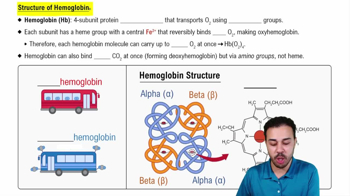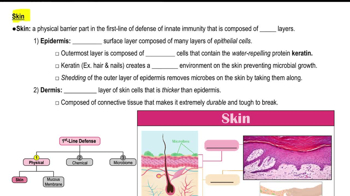Multiple Choice
Which primary meristem gives rise to the epidermis in stems?
218
views
 Verified step by step guidance
Verified step by step guidance Verified video answer for a similar problem:
Verified video answer for a similar problem:



 1:03m
1:03mMaster Introduction to Cells of the Epidermis with a bite sized video explanation from Bruce Bryan
Start learning